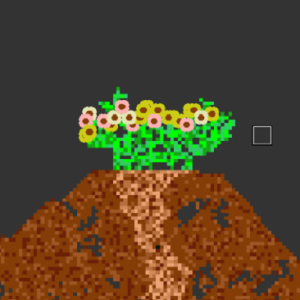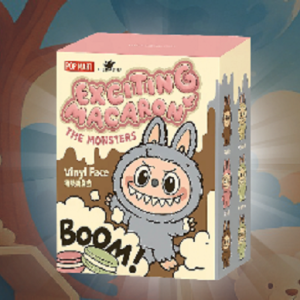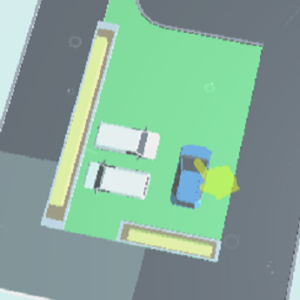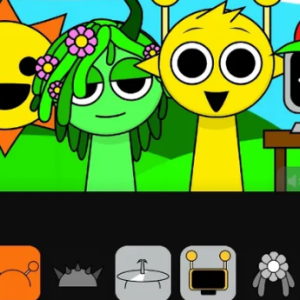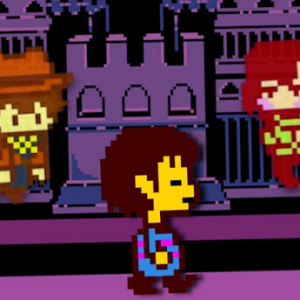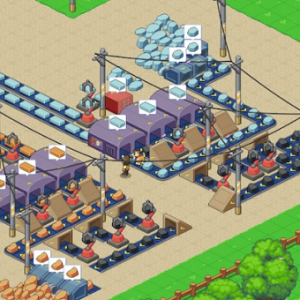Similiar games
Sandbox offers a digital playground where players shape, modify, and explore environments without predefined objectives. Unlike traditional games that follow structured narratives or linear goals, Sandbox encourages experimentation. Players can manipulate terrain, combine elements, and create custom systems using various tools and materials provided within the game. This freedom makes each session unique, depending on the player’s imagination and the way they interact with the available mechanics.
Creative Tools and Interactions
The core of Sandbox lies in its extensive toolkit. From manipulating basic physics to triggering complex reactions between different objects, players are given the means to explore digital cause and effect. Whether building structures or testing simulations, the game rewards curiosity. No two experiments play out the same way, which keeps gameplay unpredictable and personal. For players who enjoy creating rather than following, this format offers nearly endless replay value.
Main Features of the Experience
- Terrain editing and shaping tools
- Element mixing with real-time reactions
- Object placement with gravity and force
- Weather, light, and environmental settings
- Ability to save and share creations
- Offline mode for uninterrupted experimentation
Learning Through Play
One of the standout qualities of Sandbox is how it introduces scientific thinking and logic through informal play. Players might not realize they’re learning about physics or energy transfer, but the visual feedback and reactive nature of the game promote understanding. As players become more familiar with the tools, they often begin forming hypotheses and running tests to see how various systems will behave. This leads to deeper engagement and often sparks creativity that extends beyond the game itself.
An Environment Without Limits
Sandbox doesn’t set boundaries on what can be made or how the game is meant to be played. For some, it’s a casual way to pass time by stacking blocks or watching chain reactions unfold. For others, it’s a full design tool used to bring complex scenarios to life. The game adapts to the pace and style of each player, offering the space to create, destroy, and start over whenever inspiration strikes. In this way, it continues to evolve—not through updates alone, but through the endless possibilities imagined by its players.


